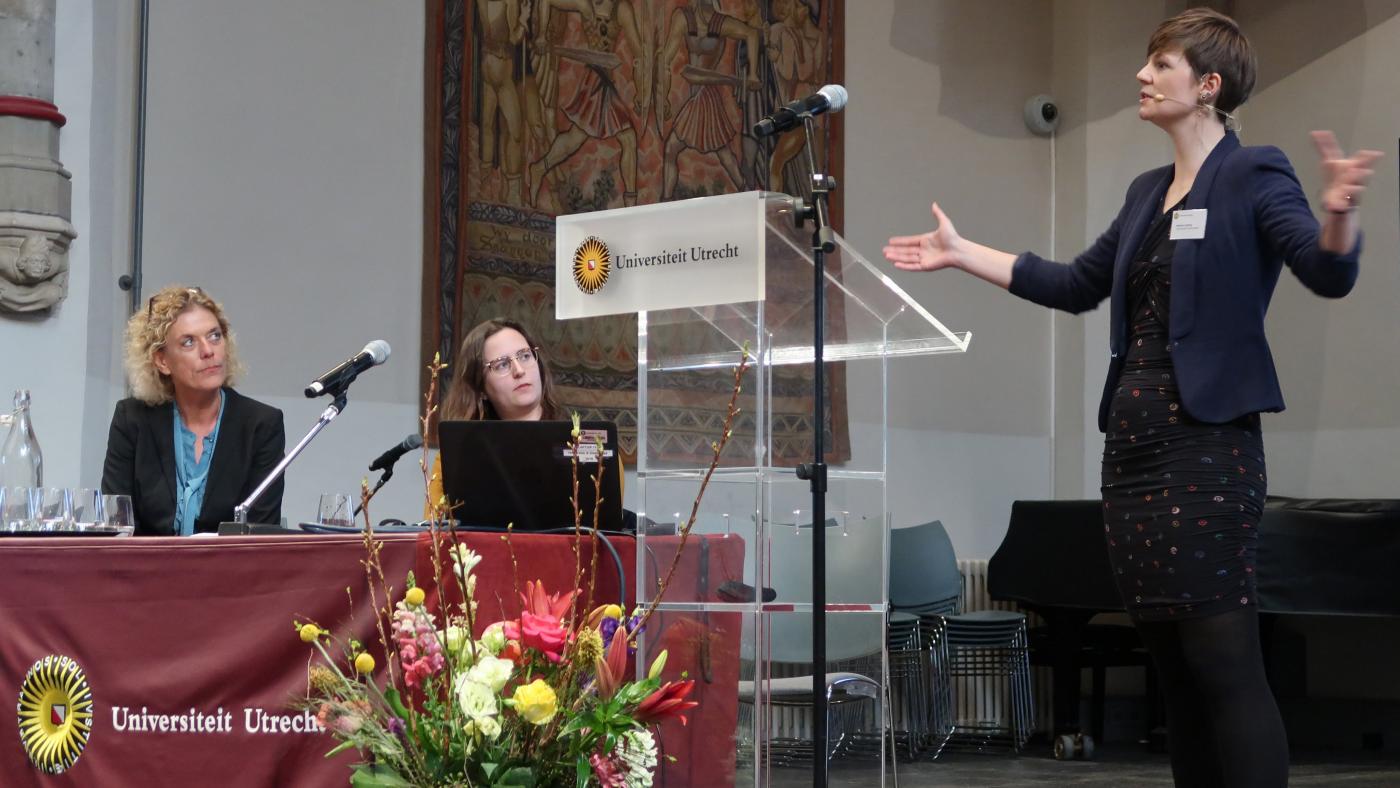Diversity and inclusion
National student union devises ten tips to make classes more inclusive

It is easy enough to say that everyone is welcome in your classes or that everyone needs to feel safe. But how can teachers ensure that this really happens in practice?
One of LSVb's tips is to inform students about the facilities available, such as hotlines, confidential counsellors, and other instances where they can get support. Check whether the classroom is accessible to students with an impairment is important, too.
He/she/them
Other tips relate to identity. Teachers should let students know by which pronouns they prefer to be addressed (he, she, they, or maybe something else) and students which pronouns they use as well.
According to the union, it is important to share one's own pronouns if they seem "boring". By doing so, teachers give students "the opportunity to share theirs as well”, says LSVb chair Joram van Velzen. “I have no problem with it, so much so that I have included my pronouns in my e-mail signature.”
Additionally, the union asks teachers to be careful in their use of language. They advise addressing the class by saying "Hello, everyone" instead of "ladies and gentlemen", for example.
Dialogue
While some regard this as an open door, others do not see the need for it. Does a list of ten short tips do justice to such a major topic as inclusion? “People don't always work with the same premises”, says Van Velzen. “So, we hope that this will start a dialogue.”
Curious about all the tips? You can read them (in Dutch) here.